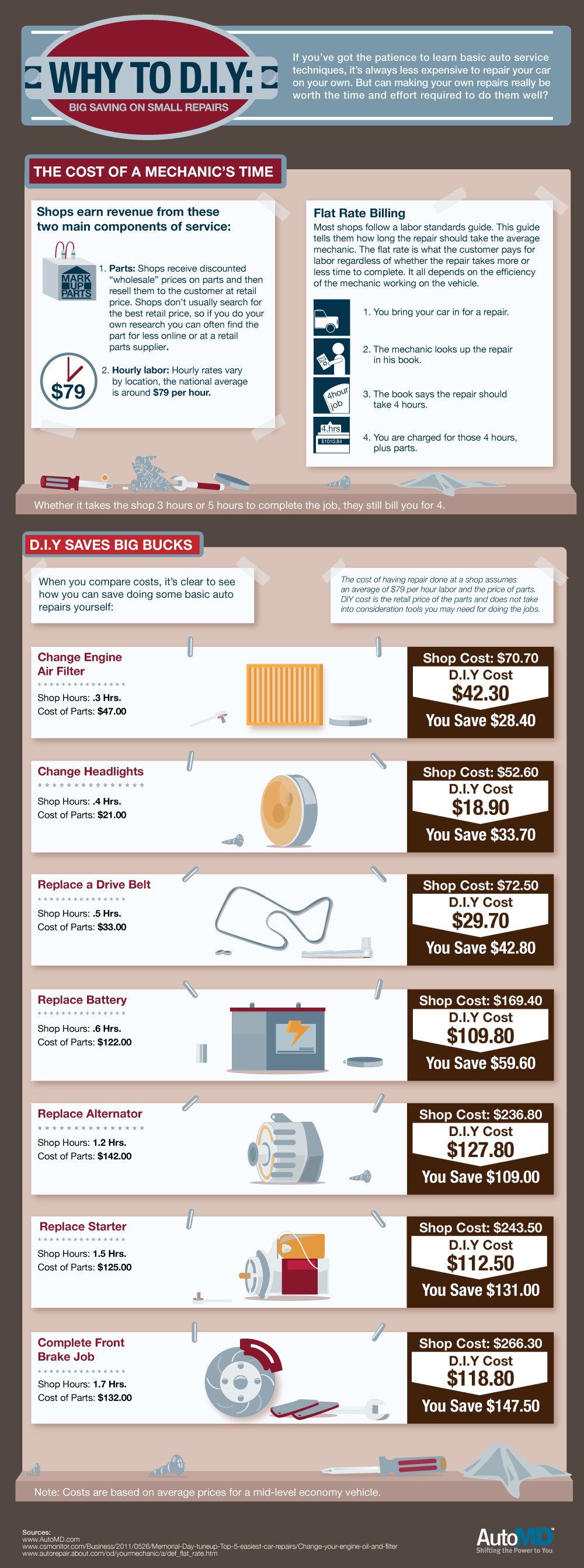Gain Insight Right Into The Control Panel Warning Lights In Your Vehicle To Recognize Their Ramifications On Your Automobile'S Health And Safety
Gain Insight Right Into The Control Panel Warning Lights In Your Vehicle To Recognize Their Ramifications On Your Automobile'S Health And Safety
Blog Article
Short Article Written By-Hernandez Dreier
When you're behind the wheel, those radiant warning lights on your control panel can be a little bit complicated. Do you understand what they're attempting to inform you about your cars and truck's health and wellness? Comprehending source website of these lights is crucial for your safety and the longevity of your lorry. So, the next time one of those lights pops up, wouldn't you wish to understand its message properly and take the required steps to resolve it?
Common Caution Lights and Interpretations
Determine usual warning lights in your cars and truck and understand their definitions to guarantee safe driving.
One of the most regular caution lights include the check engine light, which indicates problems with the engine or emissions system. If this light begins, it's critical to have your automobile examined without delay.
The oil pressure cautioning light indicates reduced oil pressure, calling for instant attention to stop engine damages.
A blinking battery light may suggest a malfunctioning charging system, potentially leaving you stranded otherwise addressed.
The tire stress tracking system (TPMS) light alerts you to reduced tire pressure, influencing lorry stability and gas performance. Disregarding this could result in unsafe driving conditions.
The ABS light suggests a problem with the anti-lock braking system, endangering your capacity to quit swiftly in emergency situations.
Finally, the coolant temperature advising light warns of engine overheating, which can lead to extreme damages if not settled promptly.
Comprehending these common warning lights will help you deal with issues immediately and preserve risk-free driving conditions.
Significance of Prompt Focus
Understanding the common warning lights in your car is just the primary step; the value of immediately addressing these cautions can not be highlighted enough to guarantee your security on the road.
When a warning light illuminates on your control panel, it's your car's way of interacting a prospective problem that requires interest. Ignoring these cautions can cause extra serious troubles in the future, jeopardizing your safety and potentially costing you more out of commission.
Prompt interest to warning lights can stop break downs and accidents. For example, a blinking check engine light can suggest a misfire that, if left unattended, can trigger damage to the catalytic converter. Resolving this immediately can conserve you from an expensive fixing.
Similarly, a brake system advising light could signify reduced brake liquid or used brake pads, crucial parts for your security when driving.
DIY Troubleshooting Tips
If you see a warning light on your dashboard, there are a few do it yourself troubleshooting suggestions you can attempt before seeking specialist help.
The initial step is to consult your cars and truck's guidebook to understand what the details warning light shows. Often the problem can be as basic as a loosened gas cap setting off the check engine light. Tightening https://audiecutuning74061.snack-blog.com/27640475/create-competence-in-the-process-of-transforming-your-vehicle-s-oil-effortlessly-and-take-pleasure-in-the-economic-benefits-by-following-the-extensive-detailed-overview-described-below might solve the problem.
Another typical concern is a reduced battery, which can activate various cautioning lights. Checking the battery connections for corrosion and ensuring they're secure might repair the problem.
If a caution light persists, you can try resetting it by detaching the auto's battery for a couple of mins and afterwards reconnecting it. In oil change service , examining your car's fluid degrees, such as oil, coolant, and brake fluid, can aid fix warning lights connected to these systems.
Final thought
Finally, understanding your vehicle's caution lights is important for maintaining your vehicle running efficiently and safely. By quickly attending to these alerts and knowing what they indicate, you can stay clear of pricey fixings and possible failures.
Remember to consult your cars and truck's manual for specific details on each alerting light and take action appropriately to make sure a trouble-free driving experience.
Remain informed, remain risk-free when traveling!
